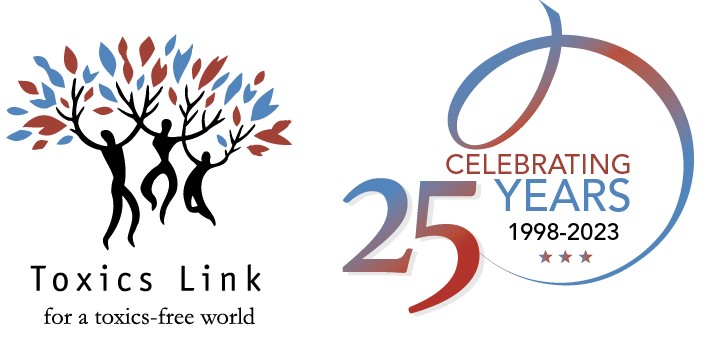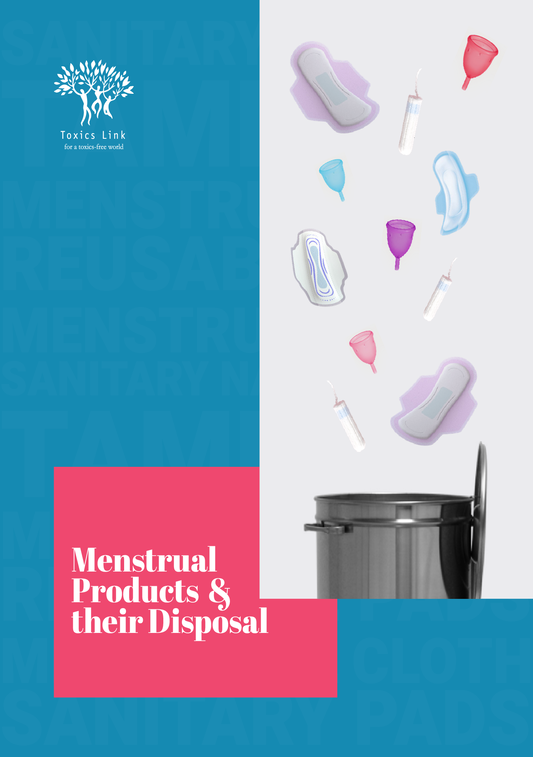
by Subhrakant Biswal | Sep 21, 2022 | Chemicals, Publications, Reports, 2021
The study titled, ‘Quantitative analysis of Microplastics along River Ganga’ finds that the river is heavily polluted with microplastics. It has thrown up alarming results as microplastics were found in all the samples.The river water testing was carried out in collaboration with the National Institute of Oceanography in Goa and a set of five water samples were collected from the river at Haridwar, Kanpur and Varanasi. The samples were tested through FTIR to identify the exact type or resin core and the results show presence of significantly high (40) different kinds of polymers as microplastics in Ganga waters. Resins like EVOH, Polyacetylene, PIP, PVC and PVAL were predominant in all three locations. However, the concentration of microplastics was significantly different in different sampling sites. Locations with higher population density and greater industrialisation (textile, tannery, etc.,) etc.,had a higher microplastics concentration in the river.The study findings indicated higher microplastic levels in the samples collected from Kanpur and Varanasi in comparison to Haridwar. Among the three cities, Varanasi showed the maximum load of microplastics in the Ganga waters as compared to the other two cities.
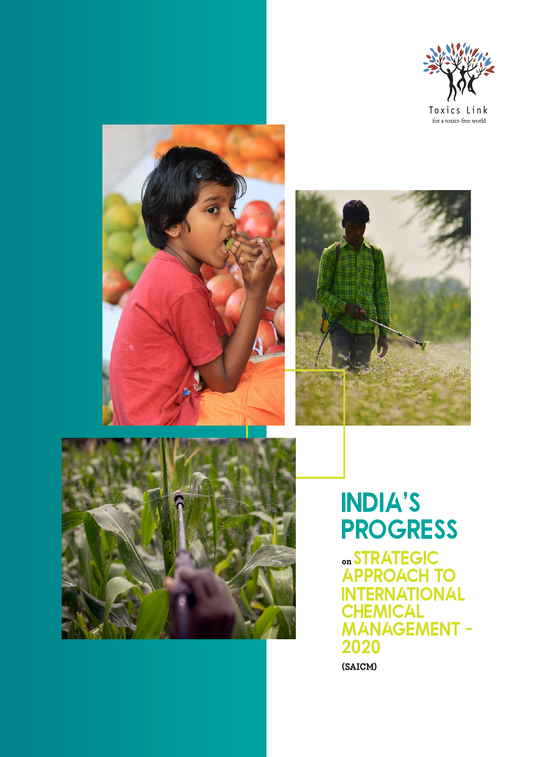
by Subhrakant Biswal | Sep 21, 2022 | Publications, Reports, 2021
The study titled, ‘Quantitative analysis of Microplastics along River Ganga’ finds that the river is heavily polluted with microplastics. It has thrown up alarming results as microplastics were found in all the samples.The river water testing was carried out in collaboration with the National Institute of Oceanography in Goa and a set of five water samples were collected from the river at Haridwar, Kanpur and Varanasi. The samples were tested through FTIR to identify the exact type or resin core and the results show presence of significantly high (40) different kinds of polymers as microplastics in Ganga waters. Resins like EVOH, Polyacetylene, PIP, PVC and PVAL were predominant in all three locations. However, the concentration of microplastics was significantly different in different sampling sites. Locations with higher population density and greater industrialisation (textile, tannery, etc.,) etc.,had a higher microplastics concentration in the river.The study findings indicated higher microplastic levels in the samples collected from Kanpur and Varanasi in comparison to Haridwar. Among the three cities, Varanasi showed the maximum load of microplastics in the Ganga waters as compared to the other two cities.
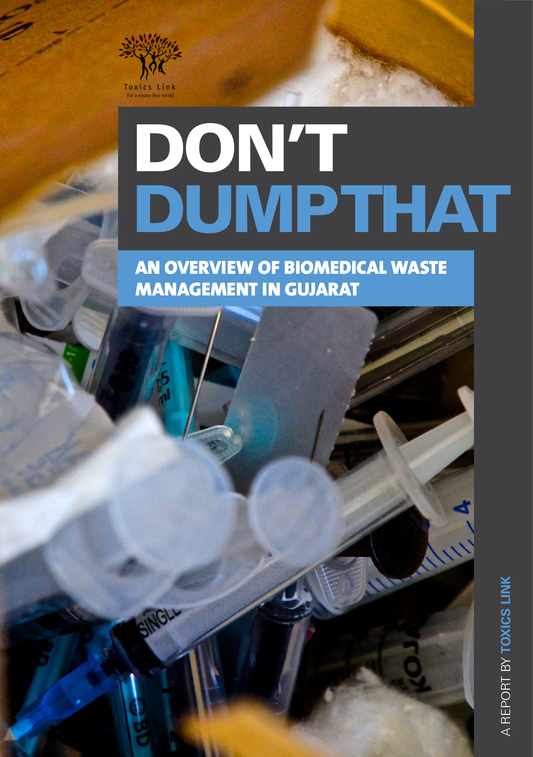
by Subhrakant Biswal | Sep 21, 2022 | Publications, Reports, 2021
The study titled, ‘Quantitative analysis of Microplastics along River Ganga’ finds that the river is heavily polluted with microplastics. It has thrown up alarming results as microplastics were found in all the samples.The river water testing was carried out in collaboration with the National Institute of Oceanography in Goa and a set of five water samples were collected from the river at Haridwar, Kanpur and Varanasi. The samples were tested through FTIR to identify the exact type or resin core and the results show presence of significantly high (40) different kinds of polymers as microplastics in Ganga waters. Resins like EVOH, Polyacetylene, PIP, PVC and PVAL were predominant in all three locations. However, the concentration of microplastics was significantly different in different sampling sites. Locations with higher population density and greater industrialisation (textile, tannery, etc.,) etc.,had a higher microplastics concentration in the river.The study findings indicated higher microplastic levels in the samples collected from Kanpur and Varanasi in comparison to Haridwar. Among the three cities, Varanasi showed the maximum load of microplastics in the Ganga waters as compared to the other two cities.
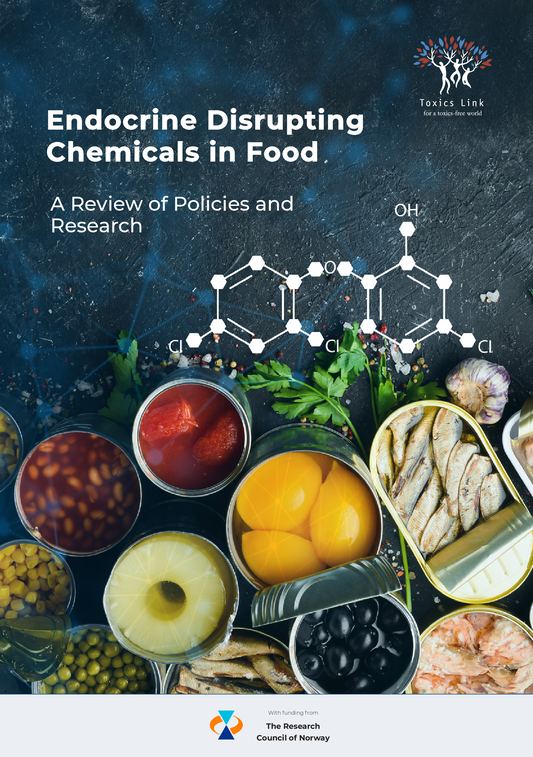
by Subhrakant Biswal | Sep 21, 2022 | Chemicals, Publications, Reports, 2021
The study titled, ‘Quantitative analysis of Microplastics along River Ganga’ finds that the river is heavily polluted with microplastics. It has thrown up alarming results as microplastics were found in all the samples.The river water testing was carried out in collaboration with the National Institute of Oceanography in Goa and a set of five water samples were collected from the river at Haridwar, Kanpur and Varanasi. The samples were tested through FTIR to identify the exact type or resin core and the results show presence of significantly high (40) different kinds of polymers as microplastics in Ganga waters. Resins like EVOH, Polyacetylene, PIP, PVC and PVAL were predominant in all three locations. However, the concentration of microplastics was significantly different in different sampling sites. Locations with higher population density and greater industrialisation (textile, tannery, etc.,) etc.,had a higher microplastics concentration in the river.The study findings indicated higher microplastic levels in the samples collected from Kanpur and Varanasi in comparison to Haridwar. Among the three cities, Varanasi showed the maximum load of microplastics in the Ganga waters as compared to the other two cities.
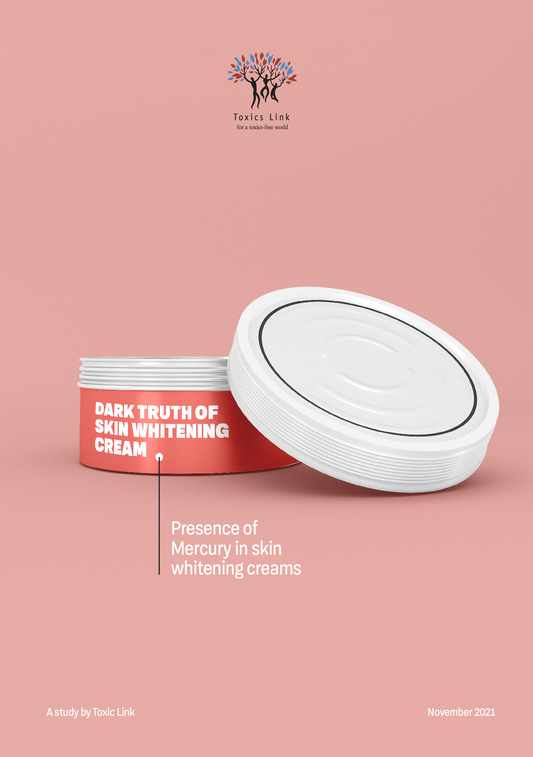
by Subhrakant Biswal | Sep 21, 2022 | Publications, Reports, 2021
The study titled, ‘Quantitative analysis of Microplastics along River Ganga’ finds that the river is heavily polluted with microplastics. It has thrown up alarming results as microplastics were found in all the samples.The river water testing was carried out in collaboration with the National Institute of Oceanography in Goa and a set of five water samples were collected from the river at Haridwar, Kanpur and Varanasi. The samples were tested through FTIR to identify the exact type or resin core and the results show presence of significantly high (40) different kinds of polymers as microplastics in Ganga waters. Resins like EVOH, Polyacetylene, PIP, PVC and PVAL were predominant in all three locations. However, the concentration of microplastics was significantly different in different sampling sites. Locations with higher population density and greater industrialisation (textile, tannery, etc.,) etc.,had a higher microplastics concentration in the river.The study findings indicated higher microplastic levels in the samples collected from Kanpur and Varanasi in comparison to Haridwar. Among the three cities, Varanasi showed the maximum load of microplastics in the Ganga waters as compared to the other two cities.
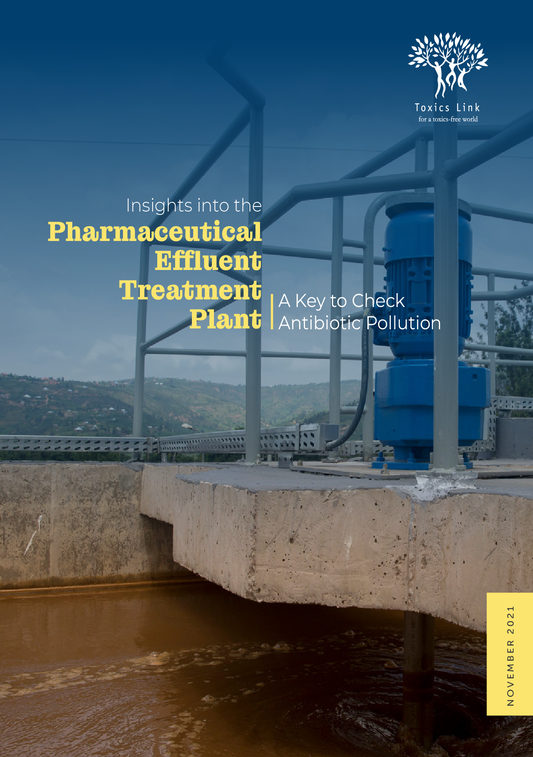
by Subhrakant Biswal | Sep 21, 2022 | Publications, Reports, 2021
The study titled, ‘Quantitative analysis of Microplastics along River Ganga’ finds that the river is heavily polluted with microplastics. It has thrown up alarming results as microplastics were found in all the samples.The river water testing was carried out in collaboration with the National Institute of Oceanography in Goa and a set of five water samples were collected from the river at Haridwar, Kanpur and Varanasi. The samples were tested through FTIR to identify the exact type or resin core and the results show presence of significantly high (40) different kinds of polymers as microplastics in Ganga waters. Resins like EVOH, Polyacetylene, PIP, PVC and PVAL were predominant in all three locations. However, the concentration of microplastics was significantly different in different sampling sites. Locations with higher population density and greater industrialisation (textile, tannery, etc.,) etc.,had a higher microplastics concentration in the river.The study findings indicated higher microplastic levels in the samples collected from Kanpur and Varanasi in comparison to Haridwar. Among the three cities, Varanasi showed the maximum load of microplastics in the Ganga waters as compared to the other two cities.

